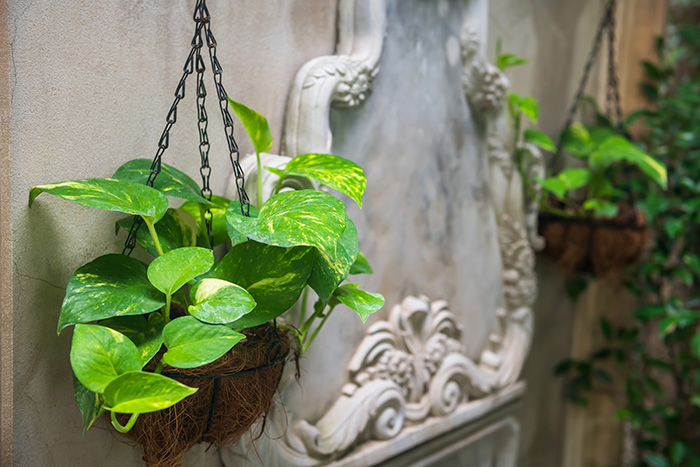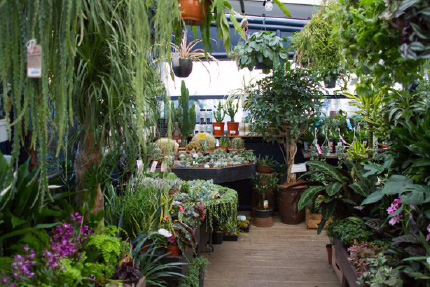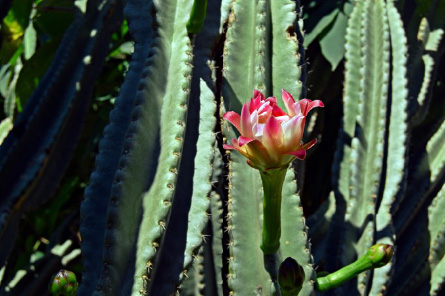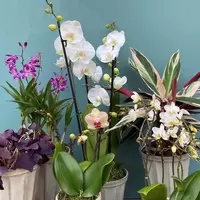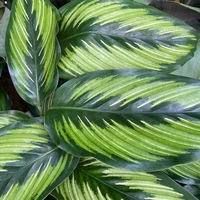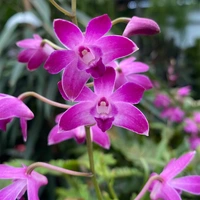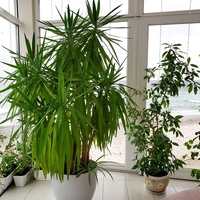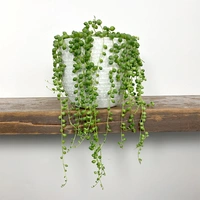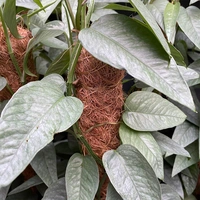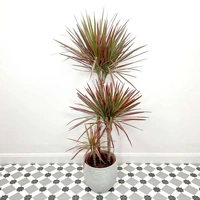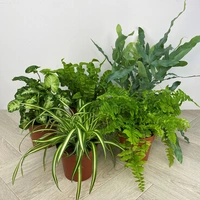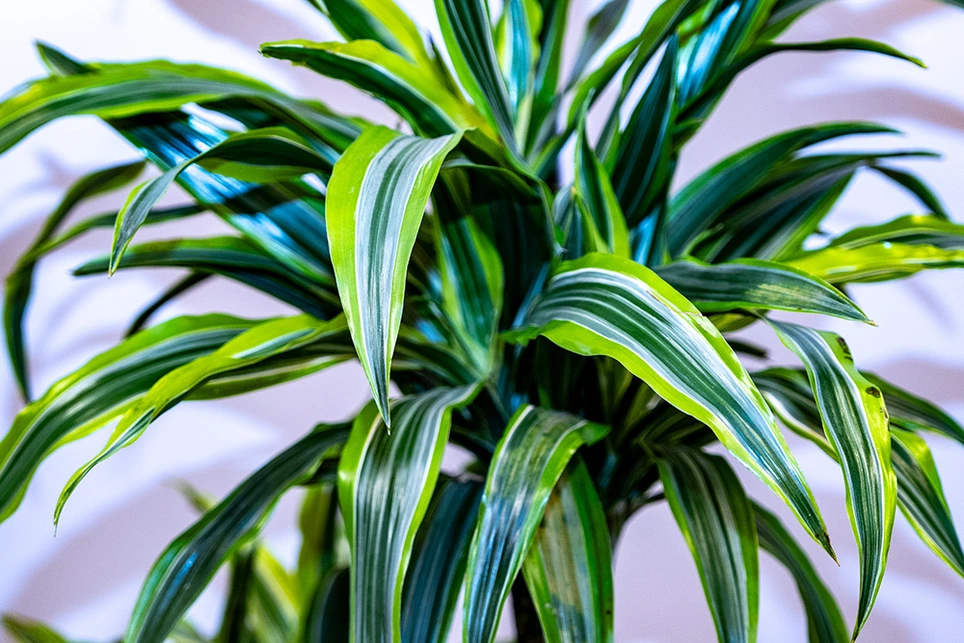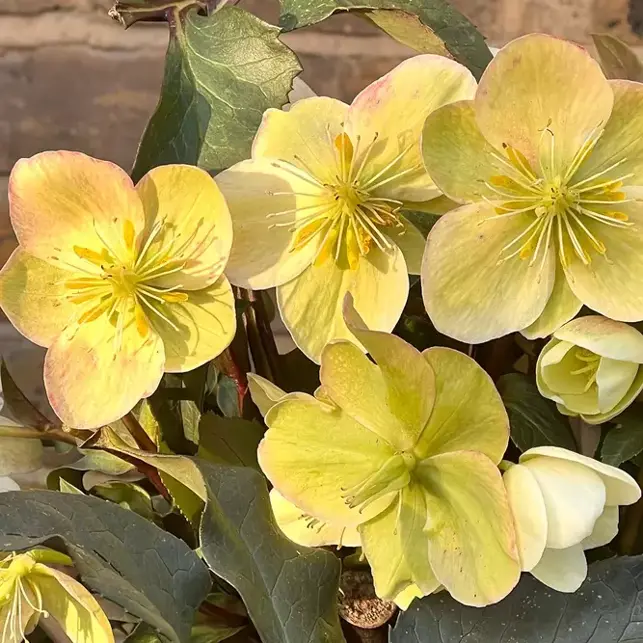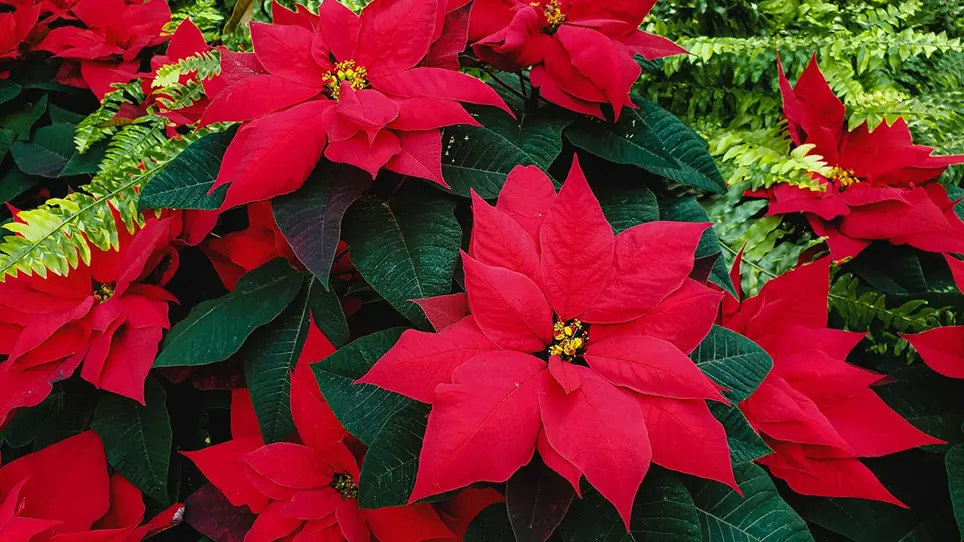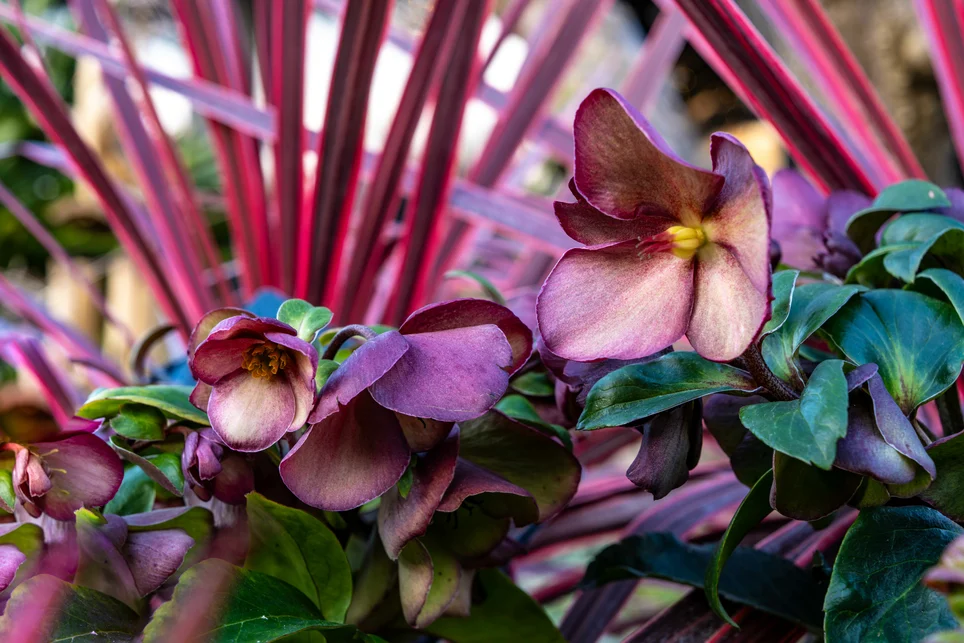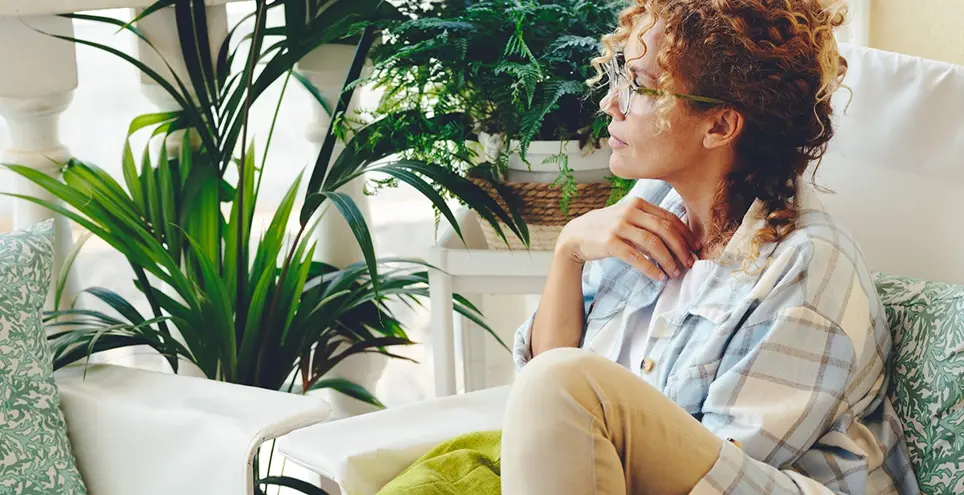
As a nation, the UK’s passion for indoor plants has soared with the rise of herb gardens, grow your own and, above all else, greening our homes and indoor spaces. Although this green boom is well underway, houseplants have been around for centuries dating as far back as the Ancient Greeks and Romans.
Historically, proud growers would bring their potted plants into the living space to show off their garish blooms and heady scents. Plants fill rooms with vibrant colours, providing a captivating yet calming presence.
Fast forward to the 19th century, and the notion of house plants took Europe by storm. The trend escalated from small, scented flowers to creating indoor jungles and botanic gardens, filling homes with enormous, exotic specimens shipped from all over the globe.
Since the Victorians, it would seem we have almost devolved. We’ve scaled back to smaller, more convenient varieties that are more in keeping with our busy schedules, adding just enough green to the home.
However, when you consider that nowadays, houseplants are so incredibly accessible, and with the click of a button, you could have a Southeast Asian native species at your doorstep within 24 hours.
Blowing away the theory that our houseplant passion has regressed, we are well and indeed in the houseplant age on par with our Victorian predecessors. If not in taste but in available varieties and volume.
Why bring the outdoors inside?
As a temperate island, the UK is fortunate with its weather conditions (although it may not feel that way). With defined seasons and not too-drastic temperature ranges, we can grow a massive variety of plants, from large trees to delicate alpines. Having said that, when winter hits, so do sad, bare trees, twiggy shrubs, and minimal flowers that get to even the best of us. The joy of houseplants is that they are the gift that keeps on giving- evergreen, prolonged flowering periods and providing that indoor jungle feel is good for the soul.
The range of plants accessible to us is mind-blowing– whatever your needs, there is a plant suited to you. The classic staple houseplants such as Monstera deliciosa, Kentia Palm and Calathea are all known for their lush leafy foliage that, on mass, do create a tropical paradise.
The benefits of houseplants are unparalleled when it comes to overall well-being. Indoor plants improve productivity and mental health; their calming effect and ability to purify the air are just some of the benefits.
If you don’t have an outdoor space, there is no option other than to fill your home with houseplants. Even if you have a garden or outdoor area, plants in the home add a whole new dimension and can completely transform a space.
Be it cacti and succulents or lush tropical foliage plants, depending on your space, you can tailor the plants you have to enhance your home. Some people view having plants indoors as messy, unnecessary, and a chore- to those who are not enlightened, I say you just haven’t found the right plant.
Many want to create that indoor jungle effect; however, it may appear high maintenance and challenging. The trick is not to take on too much and slowly grow your collection.
Does the perfect plant for you exist?
No place in a UK household is too inhospitable for the correct plant. Beyond a freezing bathroom with zero light or displaying plants in a sauna, the world of indoor plants is your oyster, with all the options available.
Most houseplants thrive in bright indirect light, meaning plenty of natural light but not directly on the leaves. This is a rule of thumb for most leafy species, as if in too harsh sunlight, they can get scorched and suffer.
Plants such as cacti and succulents can tolerate more intense light, so they are better for those harsher environments. They’re also an excellent option for those that aren’t the most attentive when it comes to watering.
As a garden centre located in an urban city environment, Boma has learnt the needs of London locals over the years. That’s why the garden centre stocks an extensive range of arid desert species to accommodate smaller living spaces. Cacti and succulents come in all shapes and sizes, from small stubby varieties to large fleshy specimens.
Which plants are suitable for a dark home?
All plants need some form of light to photosynthesise. However, a common request is finding a plant that will thrive in UK homes with lower light conditions.
There are a few options to greenify that dark spot with no natural light. You can give the plant a holiday to a brighter location now and again. You can select varieties such as Calathea or Begonia that thrive in low-light environments. As your enthusiasm grows, and believe me, it will; you can also add small, low-cost, house-friendly LED grow lights that are energy efficient with a timer.
A general rule for gauging a plant’s light requirements is that plants with naturally darker leaves (not cultivars) can tolerate shadier conditions. At the same time, those that are variegated need a brighter spot. The difference is due to the lack of chlorophyll in the cells. Ubiquitous shade-loving plants are Aspidistra, also known as the cast iron plant, Spathiphyllum or peace lilies and a whole host of ferns.
How large will a plant grow?
A valid concern some people have is how large a plant will grow. It’s a difficult question to answer. It’s like asking how long is a piece of string. It depends on several factors, such as the species, light levels, moisture, nutrients, pot size, temperature, pest and disease.
The list is extensive, and indoor plants in the UK rarely grow to their full size as seen in the wild. This is because we cannot emulate their natural environment and optimum growing condition as hard as we try.
Although it sounds like a negative thing, this actually works in most people’s favour. For example, your mini Dypsis lutescens in a 7cm pot reach towering heights of 8m tall in the wild. Even if your plant grows slightly larger than anticipated, there are several methods you can use to tame your unruly houseplants.
As your plant skills develop, you will learn to prune, divide, repropagate, and grow indoor plants from seed or cuttings.
Speaking to houseplant specialists is the best way to ensure you select the right houseplant that won’t dwarf your home. Our customers often call us walking horticultural encyclopedias.
At Boma, the obsessive houseplant medicine folk can recommend the perfect plant for any household or office environment. More importantly, you can see the plants first-hand. As the stock includes species at different stages of their development, you can also see the potential of how large a specific variety will grow.
It’s a bit cliché, but ‘Flower Power’ is a thing. Indoor houseplants offer numerous benefits for physical and mental well-being and aesthetics. Houseplants also make superb living gifts that help others discover a new passion they never realised. The Boma Garden Centre stocks a vast range of indoor plants with suitable plants for everyone.




